Hong Kong
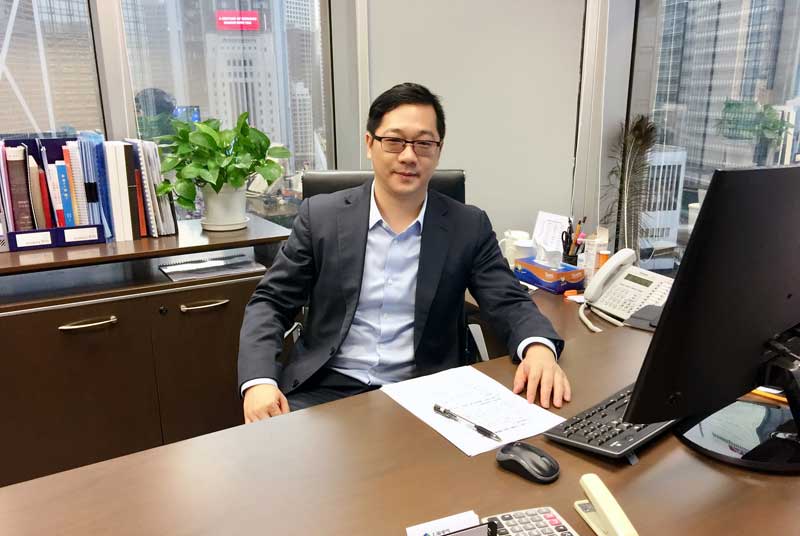
Hong Kong is the third biggest financial centre in the world, behind only New York and London, with Singapore and Tokyo trailing behind. That is according to The Global Financial Centres Index 22, recently released by Z/Yen in London and the China Development Institute in Shenzhen [1]. Although Shanghai only ranks sixth on this list, it is still the leading financial centre on the Chinese mainland and has no shortage of financing channels. However, many Shanghai companies continue to carry out project financing through Hong Kong at the same time. In doing so, they hope to make use of the territory’s convenient capital movement to develop international business, and access different cost-effective resources to optimise their financing structure and sources of funds.
Making Flexible Use of Mainland and Overseas Financial Resources
Shanghai Electric Group Co Ltd (Shanghai Electric), one of the largest integrated equipment manufacturing groups in China, focuses on four major business segments: high efficiency and clean energy, new energy and environmental equipment, industrial equipment, and modern services. It is publicly listed both in Shanghai and Hong Kong. Although Hong Kong does not have an equipment manufacturing sector, Shanghai Electric runs a subsidiary in Hong Kong, hoping to use Hong Kong’s service platform to promote the development of the group.
Shanghai Electric specialises in a wide range of products, including thermal power generators, nuclear power generators, wind power generators, gas turbines, power transmission and distribution equipment, elevators, large and medium-sized electric motors, environmental protection equipment, machine tools, automation equipment and rail transportation. It has major production bases in Shanghai’s Minhang and Lingang districts. As part of its “going out” strategy and in order to make use of external resources to support its business development, the company – together with the associated Shanghai Electric (Group) Corporation – established the Shanghai Electric Hongkong Co Ltd in Hong Kong in 2001, and the Shanghai Electric Group Hongkong Co Ltd in 2010 (collectively referred to as Shanghai Electric Hongkong).
In an interview [2], Shanghai Electric Hongkong’s Executive Director and General Manager Dr. Jay Zhang explained why his company uses both Shanghai and Hong Kong to finance its projects. He said: “Financing channels on the mainland have gradually come of age. They are now capable of providing funds for mainland and even some overseas projects. In spite of this, Hong Kong with its advantage of free movement of funds and a financial market of great depth and breadth can offer businesses more financing choices. Since the Chinese mainland is not yet an integral part of the international financial market, there is bound to be some difference in financing cost between the mainland and the international market. Under the principle of market-based operation, Hong Kong can make use of different channels to source cost-effective funds. Thus, we make use of both mainland and Hong Kong platforms to raise funds for different businesses and investment projects. Actual cost-effectiveness is our primary consideration when choosing where to raise funds.”
Moving Funds Effectively for Investments Abroad
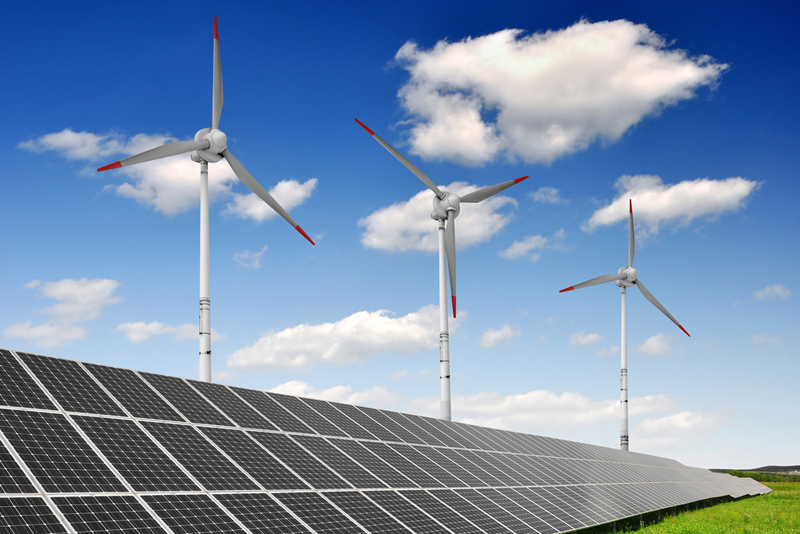
Shanghai Electric Hongkong is Shanghai Electric’s offshore platform for overseas investment and financing, capital operation and fund management. It conducts a variety of financial services in Hong Kong, including spot and forward foreign exchange transactions, foreign exchange hedging, trade financing and overseas financing. By combining the resources of the financial markets of Hong Kong and Shanghai, it hopes to promote the group’s strategy of internationalisation, developing transnational operations and upgrading its international competitiveness and brand reputation. Shanghai Electric Hongkong’s business mainly covers the following four areas: (1) offshore M&A and equity investment; (2) asset management; (3) corporate overseas treasury centre; and (4) trade business. Its registered capital amounted to HK$3.35 billion at the end of 2016.
“In addition to funds sourced locally in Hong Kong, we also raise funds from the international capital market through the Hong Kong platform for our investment projects,” said Dr. Zhang. “There is a chance that these funds may come from mainland institutions and investors. What is important about project financing is not so much the source of funds, but the convenience and cost of financing are the keys. Hong Kong is an international financial centre with the world’s largest offshore renminbi market. Through Hong Kong, we can more easily acquire cost-effective capital, including renminbi and US dollar, to increase our capital operation capability.”
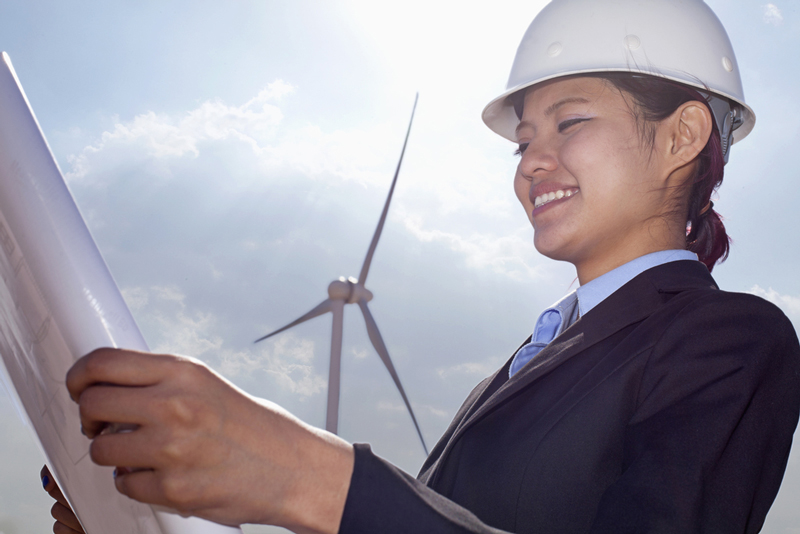
He added: “The mainland still retains considerable control over the cross-border movement of funds for international trade, overseas investments, and mergers and acquisitions, which may affect the flexibility of capital movement and increase the cost of investment and financing. Thus, we need to look for convenient overseas platforms to complement mainland financial resources in our endeavor to reduce cost and increase competitiveness.
“Hong Kong’s service platforms can help upgrade our overall financial efficiency. Its simple tax regime and convenient business environment can also contribute to the lowering of financing cost. For example, we manage our overseas investments from Hong Kong, but do not have to pay tax on profits derived from these ventures. [3] Besides, Hong Kong with its wide spectrum of accounting, legal and other professional services is an ideal service platform for our ‘going out’ strategy. They can help investors make global tax planning for international businesses and avoid unnecessary tax burdens.”
Note: For details of the company interviews conducted jointly by HKTDC Research and the Shanghai Municipal Commission of Commerce, please refer to other articles in the research series on Shanghai-Hong Kong Co-operation in Capturing Belt and Road Opportunities.
[1] Source: The Global Financial Centres Index 22, Z/Yen and China Development Institute, September 2017.
[2] Shanghai Electric Hongkong was interviewed by HKTDC Research and Shanghai Municipal Commission of Commerce in the fourth quarter of 2017.
[3] Hong Kong adopts a territorial basis for taxing profits derived from a trade, profession or business carried on in Hong Kong. Profits Tax is only charged on profits which arise in or are derived from Hong Kong. A person who carries on a business in Hong Kong but derives profits from another place is not required to pay tax in Hong Kong on these profits. For details, please refer to the website of the Inland Revenue Development at www.ird.gov.hk.
Editor's picks
Trending articles
Hong Kong’s historic Peak Tram and The Peninsula are iconic landmarks for visitors while the Belt and Road Initiative provides long-term opportunities for their owner, The Hongkong and Shanghai Hotels. CEO Clement Kwok says the key to success is the company’s focus on people-to-people relationships.
Speakers:
Clement Kwok, CEO The Hongkong and Shanghai Hotels
Kim Wedderburn, Lawyer, IT sector
Antonia Theresa Rodriguez, Chief Order Taker, Room Services, The Peninsula Hong Kong
Henry Ho, Guest Relations Executive, The Peninsula Hong Kong
Related Links:
Hong Kong Trade Development Council
http://www.hktdc.com
HKTDC Belt and Road Portal
http://beltandroad.hktdc.com/en/



Tax incentives and financing expertise for Belt and Road Initiative projects offer huge opportunities for Hong Kong as a treasury centre, says Paul She of global accounting and consultancy firm, Mazars. The firm is focusing on technology clients related to the Belt and Road – some for IPO launch on the Hong Kong Stock Exchange – companies “often missed by the market”.
Speaker:
Paul She, Practising Director, Mazars CPA Limited
Related Links:
Hong Kong Trade Development Council
http://www.hktdc.com
HKTDC Belt and Road Portal
http://beltandroad.hktdc.com/en/



Prosper Construction Holdings, a Hong Kong-based contractor specializing in marine construction services, has an established track record in marine infrastructure developments at home and abroad.
Established in 2001, Prosper Construction owns over 50 marine plants and vessels, including floating jetties, a floating batching plant, a wide range of barges and dredging equipment, and a diversity of land construction equipment such as cranes and earth-moving machines. It also operates its own crew and technicians. All these give the company an edge when bidding for projects and enables it to ensure high project quality and good time control. This strength in resources has also helped Prosper Construction win a variety of marine infrastructure projects in regions or countries along the Belt and Road route. A good number of the projects are located in Indonesia, Southeast Asia’s largest economy which has the region’s greatest need for new infrastructure.
A high-profile project that Prosper Construction completed recently through its subsidiaries, Hong Kong River Engineering Co. and PT Indonesia River Engineering Co., is a coal-fired power plant in Bali.
Located in Celukan Bawang, North Bali, the plant was built with an investment of US$700 million by China Huadian Group, one of the five largest state-owned power generation enterprises in China, as well as PT Merryline International, and PT General Energy Indonesia. It consists of three units, each carrying a capacity of 142 megawatt units and using efficient, clean coal technology.
Over the past decade, Bali the island has been depending heavily on electricity supplied by Java-based power plants. Demand for electricity on the island has been on the rise, and frequent blackouts have hampered local businesses and investments. The establishment of the plant is expected to help the island enjoy more stable power supply.
Prosper Construction was responsible for constructing the jetty, revetments and seawater intake pipeline. The company’s Hong Kong team was behind the scenes, drafting the tender proposal in the early stage and liaising with consultants.
There were considerable challenges in executing the project, including local shortage of building materials and strong wind and fierce waves in the area where the plant is located. Yet Prosper Construction managed to pull through by ensuring its technicians upheld the safety standards and by sourcing materials from China.
The project is an example of how a resourceful Hong Kong company can readily employ what it has to support Chinese investors to go abroad and help build infrastructure projects that benefit Belt and Road countries.



Express Luck Industrial, a manufacturer of high-technology TVs founded and headquartered in Shenzhen, ships its products to various parts of the globe. The firm has offices in different places, from Hong Kong to Hungary to Mexico. Among these branches, the one in Hong Kong plays a pivotal role in central management and raising capital for the company.
One of the major markets for Express Luck’s products is Central and Eastern Europe (CEE). A few years ago, the firm started to manufacture TV sets in Romania and shipped the finished goods directly to different parts of the region, helping Express Luck enhance operational efficiency.
Then in the first half of 2016, Express Luck chanced upon an opportunity for growth in CEE: a global electronic company was looking for a buyer to take over its production plant in an industrial area on the outskirt of Budapest, Hungary. It was an attractive offer because the plant is well-located and well-equipped, and only slight moderation of the existing facilities was needed to ensure compatibility with Express Luck’s production activity. Express Luck bought it without much hesitation.
In the process of setting up the plant, the Hong Kong office of Express Luck played a leading role in management matters, including financial planning and devising business strategies for the plant.
Terry Tam, Chief Financial Officer of the Hong Kong office of Express Luck, says the plant, launched into operation in October 2016, now produces LED TVs for the company’s own brands and some other licensed brands. In 2016, Express Luck exported a total of five million TV sets. It expects the plant in Hungary to produce 600,000 sets for the year 2017 – about one-tenth of the aggregate output of the whole company – and more in the years to come, given the great growth potential of the CEE market.
Express Luck is not alone in its optimistic projections of CEE. Over the past decade, Chinese investment in CEE has been growing by 32 per cent annually. In 2016, China set up a 10 billion-euro investment fund to finance projects in the region. In pushing its Belt and Road Initiative, China has also enlisted CEE as a strategic partner.
As Chinese interest in the region continues to grow, CEE countries are also making an effort to promote closer economic ties with China. Hungary, China’s biggest investment destination in CEE, is in particular responsive to the Belt and Road Initiative. In June 2015, it became the first EU member to sign a memorandum of understanding with China on integrating its “Eastern Opening” policy with the Belt and Road Initiative. In May 2017, the two countries announced the establishment of a comprehensive strategic partnership.
According to Tam, the advantages of investing in Hungary are plenty, including the “availability of skilled workers, established infrastructure and supportive government policies”. He believes the Belt and Road Initiative will raise the living standard of people in the CEE and therefore drive up demand for consumer products such as TVs.
“Demand for TVs in Eastern Europe is already on the rise. Many people still have an old model TV at home and they want to switch to inexpensive LED TVs. The Belt and Road Initiative should help push the demand further as it will bring more growth opportunities to the region. When that happens, we may expand our operation there,” Tam says.
Meanwhile, Express Luck is gradually expanding its Hong Kong operation to cope with the company’s growth at home and abroad. The branch moved to a bigger office in April 2017 and is positioned as a second headquarters. According to Tam, as Express Luck’s business is expanding in CEE, the Hong Kong operation is expected to play a bigger role in helping to raise capital, given that the city is a “world-class financing platform” offering different means for companies to raise funds.
With its geographical advantage and a sophisticated financial system, Hong Kong demonstrates through Express Luck’s story what added value it can offer to Chinese companies seeking to build up a presence in countries along the Belt and Road.



Mainland Headwear Holdings Ltd was established in 1986 and listed in Hong Kong in 2000, engaging in the design, manufacturing, trade and retail of casual headwear. In recent years, Mainland Headwear has expanded its businesses through mergers and acquisitions as well as the establishment of strategic alliances, including signing a manufacturing agreement with New Era Cap Co., Inc., acquiring H3 Sportgear LLC and San Diego Hat Company, and forming a joint venture with Promotional Partners Worldwide Group Ltd to design, manufacture, and sell Sanrio products in the Chinese mainland. Headquartered in Hong Kong, Mainland Headwear has factories in Shenzhen and Bangladesh, manufacturing licensed casual headwear which are primarily sold in the US and European markets.
Capitalising on the Belt and Road Initiative, Mainland Headwear set up a 25,000-square-metre factory in rural Bangladesh in 2013 to boost production as the rise in labour costs on the Chinese mainland was weighing on profits. In its initial three years of operation, the company’s factory expanded significantly, with the number of staff increasing from 200 in 2013 to 4,500 in 2017, and monthly production together with production efficiency are continuously being enhanced.
Mrs Pauline Ngan, Deputy Chairman and Managing Director of Mainland Headwear Holdings Ltd, said many infrastructure projects including expressways, railways, deep water ports and power plants had been built in Bangladesh since the launch of China’s Belt and Road Initiative. The travelling time between the capital city Dhaka and Chittagong port will be shortened from seven to eight hours, to four to five hours upon completion of a new expressway, which will greatly improve the efficiency of raw material transportation. With the railway from Dhaka to Kunming expected to be completed in 2020, along with the deep water port construction deal between Bangladesh authorities and China’s COSCO, the local garment manufacturing industry is tipped to grow.
With more than 30 years of industry experience, the company overcame operational challenges in Bangladesh with its localised manufacturing planning and customised human resources management scheme. The company developed a digitalised inventory monitoring system, the ERP System, for management to obtain real-time information about inventory and raw materials’ status, and for customers to track their orders. Specialised equipment such as embroidery machines, sublimation printers and laser engraving machines were also widely adopted to better manage output. The company also maintained effective two-way communication with its staff to tackle issues arising from cultural misunderstanding. In order to instill a team atmosphere and strong sense of belonging among the workers, the company organises praying assemblies for Muslim workers, and provides comprehensive remuneration packages including housing allowances and gift packs with daily necessities. The setup of the factory has also boosted the population of the village from 400 to 10,000, improving its GDP and living standards.
Mrs Ngan said the Hong Kong-based company has been playing a role in connecting Chinese investors and the Bangladesh authorities. As a member of the Chinese Investors’ Alliance, Mrs Ngan provides consultation and training services to newcomers through regular classes on setting up companies in the country and overcoming cultural barriers.
Mrs Ngan said, as the company further expands its operation in the country, the Bangladesh factory will become the focus of the company’s business development. The second phase of the factory will be in operation by the year 2018. The company also plans to recruit 2,000 additional workers and local university graduates to hopefully enhance the synergy between the Bangladesh factory and the design and high-end production facilities in Shenzhen.



Hong Kong’s success as an art hub for the Belt and Road includes “perfect” logistics, a proliferation of arts venues and international trade connections, says Kevin Ching of top auction house, Sotheby’s. With Hong Kong being Sotheby’s headquarters for Asia, he says the emergence of Chinese and Southeast Asian art in global markets are joined by work by other talented artists from Belt and Road areas that include the Caucuses and Central Asia.
Speaker:
Kevin Ching, CEO Asia, Sotheby’s
Related Links:
Hong Kong Trade Development Council
http://www.hktdc.com
HKTDC Belt and Road Portal
http://beltandroad.hktdc.com/en/



Hong Kong-based Branded, a live media company, increasingly holds festivals and other events in Belt and Road countries and CEO Jasper Donat sees the Initiative as enhancing business, while Hong Kong is an easy and entrepreneurial centre for operations. With many events like music and YouTube festivals in Southeast Asia, Branded has most recently initiated events in Jeddah, Saudi Arabia.
Speaker: Jasper Donat, Co-Founder & CEO, Branded
Related Links:
Hong Kong Trade Development Council
http://www.hktdc.com
HKTDC Belt and Road Portal
http://beltandroad.hktdc.com/en/



The MTR Academy offers intense courses on professional and managerial railway expertise, aiming to improve railways on the Belt and Road Initiative, according to Academy President Morris Cheung. This is essential for management development, says participant Kyaw Kyaw Myo of Myanmar Railways. Azerul Fahmi Mohamed of Malaysia’s Mass Rapid Transit enhances his railway management while Deddy Gamawan of MRT Jakarta looks to MTR’s high-speed expertise.
Speakers:
Kyaw Kyaw Myo, General Manager (Operating), Myanmar Railways
Azerul Fahmi Mohamed, Manager, Mass Rapid Transit Corporation Sdn Bhd
M Deddy Gamawan, Division Head, PT MRT Jakarta
Morris Cheung, President, MTR Academy
Valentin Reyes, HSEQ Director, Light Rail Manila Corporation
Related Links:
Hong Kong Trade Development Council
http://www.hktdc.com
HKTDC Belt and Road Portal
http://beltandroad.hktdc.com/en/



Between 60 per cent and 70 per cent of all investment in infrastructure across the Belt and Road in 2016 flowed through Hong Kong in some way, says PwC’s Simon Booker – and Hong Kong has everything to gain in 2017. PwC’s Belt and Road Watch research for the past year shows that overall investment exceeded US$490 billion, with one third taking place or originating on the Chinese mainland.
Speakers:
Simon Booker, Partner, Corporate Finance, PwC
Gabriel Wong, Head, Corporate Finance, PwC China & Hong Kong
Related Links:
Hong Kong Trade Development Council
http://www.hktdc.com
HKTDC Belt and Road Portal
http://beltandroad.hktdc.com/en/



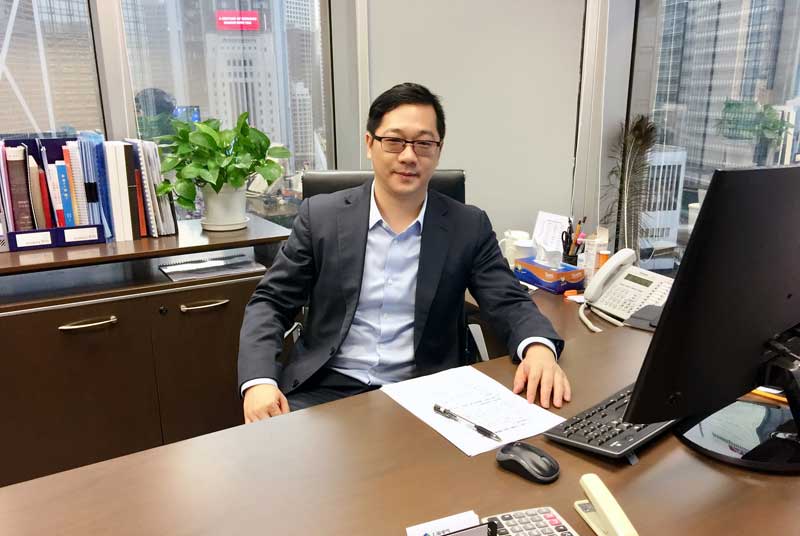
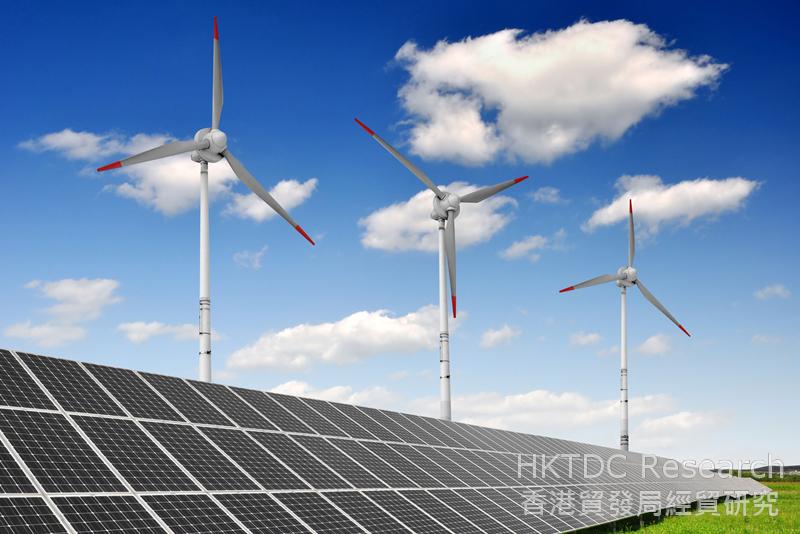
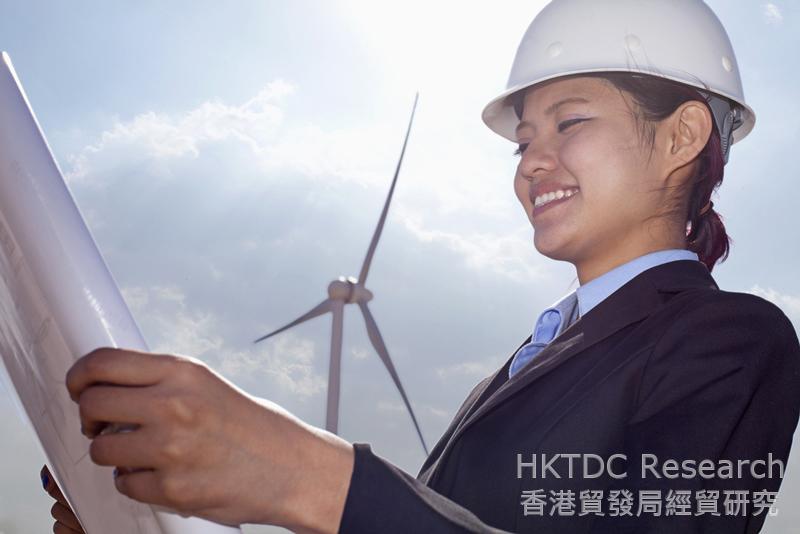
 581 Views
581 Views